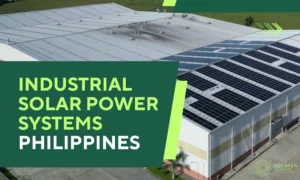Industrial solar power systems turn livestock barns into profit centers. Fans, brooders, pumps, and feeders draw power twenty‑four hours a day. During all‑in, all‑out cycles the load begins low, climbs toward harvest, then drops while houses are washed, disinfected and restocked. Net metering lets spare daytime energy offset the surge weeks later, giving steady payback. Solaren has built ammonia‑proof arrays for dozens of growers, many now saving more than fifty percent on electricity overhead.
Net metering: how credits work
- The bi‑directional meter records every exported kilowatt during clean‑out.
- Credits pile up and offset imports once the new flock drives fans and heaters.
- Energy Regulatory Commission rules move any unused credit forward each year.
Load profiles on modern farms
The figures below come from anonymised field data and published audits. They serve as planning guides only. Each farm needs its own meter study before final design.
| Stage | Daily kWh per 1,000 broilers* |
Solar goal |
| Placement (Day 0‑7) | 8 – 10 | Export early credits |
| Grower (Day 8‑28) | 14 – 18 | Cover midday peak |
| Finisher (Day 29‑42) | 20 – 25 | Use stored credits at night |
| Clean‑out | 2 – 4 | Export nearly all output |
*Values are averages from Solaren monitoring and international broiler energy studies. Actual numbers shift with climate, equipment size, and bird genetics.
Design rules that fit farm reality
- Over-size the array by ten to fifteen percent to bank credits during low‑load weeks.
- East‑west panel rows stretch harvest into morning feed runs and late‑afternoon cooling.
- Rapid shutdown meets the livestock‑structure fire code.
- Every panel carries an independent ammonia‑corrosion certificate.
- The roof live‑load margin is checked. If the reserve is low, reinforcement options are listed before any hardware ships.
Five clear wins besides lower bills
- Stable cost planning for feed contracts and expansion loans
- Better animal comfort as fans and misters stay on full duty
- Bio‑secure remote load monitoring that trims human traffic through barns
- Generator run‑time potentially falls since daytime load shifts to solar
- Stronger story for integrators and buyers tracking sustainability goals
Live farm results
- Poultry Conglomerate in Tarlac: Ten broiler sites, 1.8 MW combined. Bills down fifty‑five percent.
- Pork Growers, Tarlac: 450 kW roof array on six tunnel barns. Net utility charge is close to zero for four months a year.
- Bantayan Island layers: 120 kW plus batteries tame frequent brownouts and keep graders rolling.
Road map from site walk to first credit
- Free audit: Drone scan, shading model, electrical system review
- Yield forecast: Weekly kWh curve matched to specific schedule
- Board nod: Owner or integrator signs off
- Utility filing: Net‑meter paperwork clears in thirty to forty‑five days
- Installation: Barns keep running while crews work
- Turn‑on and training: Staff learns the app; credits start next billing cycle
Funding that fits agri cash flow
- Managed procurement: The farm imports gear directly; Solaren bills labor only, cutting capital cost up to fifteen percent.
- Ten‑year agri loans: Government banks peg payments below the old grid spend from month one.
- Lease‑to‑own: Zero down; flat solar tariff under the current utility rate.
Common Questions about Industrial Solar Power Systems
Q1: Will ammonia cut panel life?
A1: Independent lab tests show resistance. Solaren installs only ammonia‑proof modules.
Q2: How do credits work if barns stay idle two weeks?
A2: Exported energy lands in the credit bank and offsets the next flock’s peak demand.
Q3: What if the roof strength looks marginal?
A3: Solaren includes reinforcement options in the engineering report, so the cost is clear before commitment.
Picture harvest week with tunnel fans blasting cool air while the utility statement shows a credit. Industrial solar power systems make that routine. Birds thrive, power bills dive, and your farm joins a growing list of operations banking sunshine.









